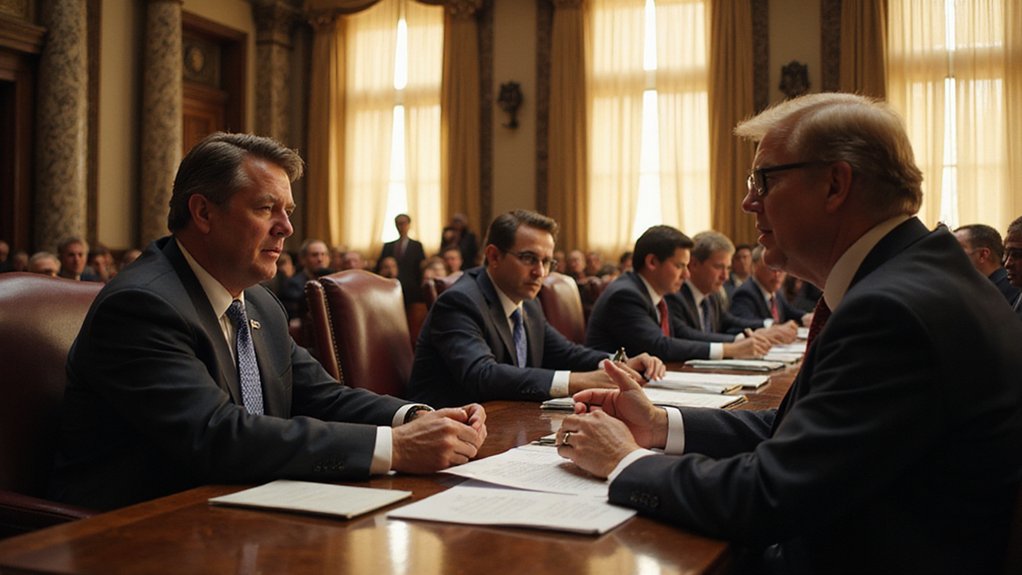While the cryptocurrency world continues its relentless march toward mainstream adoption, Bank of England Governor Andrew Bailey has emerged as an unlikely wet blanket at the digital currency party, explicitly warning major banks against issuing stablecoins with the kind of regulatory gravitas typically reserved for systemic banking crises.
Bailey’s position—delivered with the authority of someone who chairs the Financial Stability Board—labels stablecoins as threats to both financial stability and the fundamental nature of money itself, a characterization that would make even the most optimistic crypto evangelists pause mid-pitch.
Bailey’s regulatory gravitas transforms stablecoins from digital innovation into existential threats to monetary orthodoxy itself.
The Governor’s skepticism extends beyond stablecoins to encompass the broader cryptocurrency ecosystem, particularly Bitcoin, which he argues fails to fulfill money’s basic functions (a diplomatic way of saying it’s digital fool’s gold masquerading as currency). The cryptocurrency’s underlying infrastructure faces additional scrutiny due to Bitcoin mining’s substantial energy consumption, which represents approximately 0.5% of global energy use annually.
His preference for tokenized deposits—essentially digital versions of traditional money—over private sector stablecoins or central bank digital currencies reveals a distinctly conservative approach to financial innovation, one that prioritizes stability over Silicon Valley’s perpetual disruption narrative.
The Bank of England’s Financial Policy Committee has identified the primary risk as potential spillovers to systemic financial markets, acknowledging that while current stablecoin usage remains limited to cryptoasset transactions, widespread future adoption could fundamentally undermine trust in money, payments services, and credit provision. The Committee has emphasized that any regulatory framework must align with international standards to effectively manage these emerging risks.
This assessment carries particular weight given the Committee’s mandate to prevent the kind of systemic failures that transform financial hiccups into economic catastrophes.
Paradoxically, regulators recognize stablecoins’ potential benefits, particularly for cross-border and retail payments efficiency.
The FPC has even discussed allowing returns on backing assets for widely-used stablecoins, suggesting a pragmatic approach that balances innovation with prudential oversight.
However, this regulatory flexibility comes with extensive caveats about ensuring stablecoins don’t disrupt credit provision or systemic market stability.
Bailey’s warnings preceded significant U.S. crypto legislation discussions, reflecting growing global scrutiny of digital assets. The latest Financial Policy Committee report noted significant global developments in the stablecoin industry, highlighting the need for regulatory frameworks that support financial stability while maintaining competitive positions in emerging markets.
The Bank of England’s emphasis on international coordination through bodies like the Financial Stability Board underscores the recognition that stablecoins, like their volatile cryptocurrency cousins, operate beyond traditional jurisdictional boundaries, requiring unprecedented regulatory cooperation to manage their systemic implications effectively.








